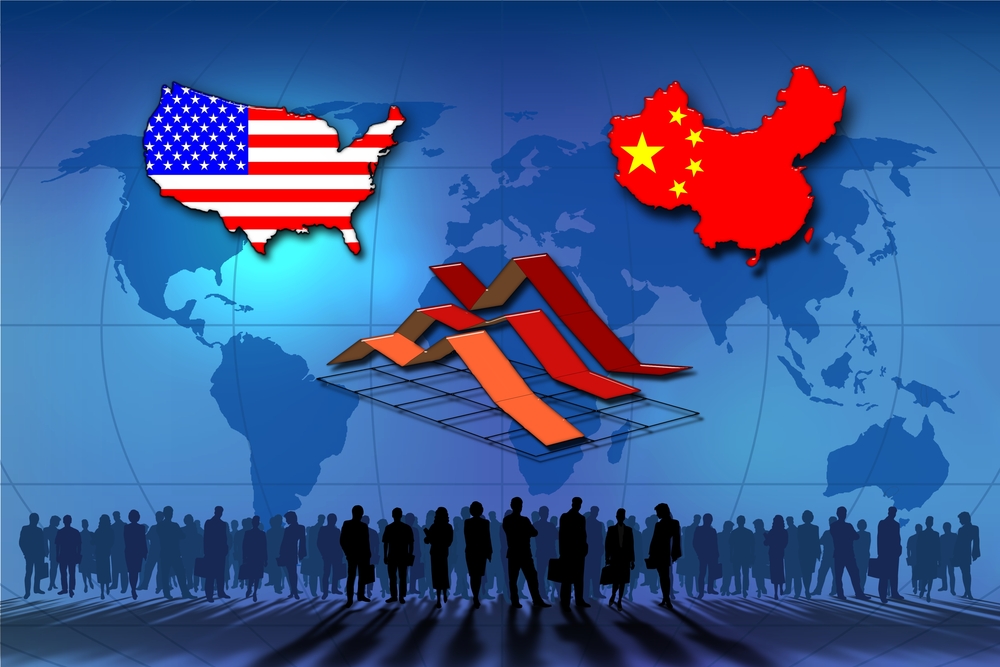Playing Both Sides of the US-China Relationship

Please note that we are not authorised to provide any investment advice. The content on this page is for information purposes only.
The term ‘hedging’, one of the most widely used in contemporary discussions on East Asian security, intends to capture the fact that most states in the region face conflicting economic and security interests. States wish to maximise trade and investment ties with Beijing and welcome China into the region’s political order, but also feel the need to maintain a close security relationship with Washington.
The term ‘hedging’, one of the most widely used in contemporary discussions on East Asian security, intends to capture the fact that most states in the region face conflicting economic and security interests. States wish to maximise trade and investment ties with Beijing and welcome China into the region’s political order, but also feel the need to maintain a close security relationship with Washington.
Engaging China economically and politically while enhancing security ties with the United States is usually referred to as a hedging strategy. Hedging is cast as an alternative to the traditional security strategies of ‘balancing’ against or ‘bandwagoning’ with a rising power as it begins to challenge the status quo.
In a recent article, we argue that this traditional definition of hedging offers little insight into the security dynamics of East Asia.
It should be no surprise that every state is looking to engage with China economically and politically, since doing so offers obvious benefits at minimal cost. But this says virtually nothing about today’s central security questions, such as the durability of alliance commitments, the stability of the regional order, or whom a state would support if the unthinkable occurred — war between the United States and China. Answering these questions requires recognising that states positioned between competing great powers face an inherent trade-off between the advantages of alignment and autonomy.
Alignment with Washington offers the backing of the world’s largest military, but also places a state in opposition to Beijing and exposes it to the risk of abandonment. Alignment comes at the cost of a state’s autonomy to pursue an independent and flexible security strategy, since it requires calibrating defence policies to those of the United States. Signals of alignment vary in strength from public statements in support of US positions, to arms sales and joint exercises, to supporting permanent military bases and mutual defence treaties.
Importantly, economic and political engagement policies are excluded from this spectrum of alignment behaviours. This is because in most cases they do not affect the trade-off between alignment and autonomy.
Therefore, when a state hedges, it seeks to preserve autonomy by sending mixed signals regarding its alignment choice. Under this definition, hedging is costly, since ambiguity precludes the protection offered by clear alignment with either the United States or China.
When seen in this light, it seems that most states in the region are not hedging, but aligning with the United States. US alliance partners — including Japan, South Korea, Australia and the Philippines — are not hedging. These states cannot generate alignment ambiguity without jeopardising the integrity of their alliances.
Although it is possible for treaty allies to opt to increase their autonomy, as Thailand may be considering, the significant security benefits alliances offer tend to render them stable over time. This leads to path dependency — that is, structural constraints to altering security strategies. States that have committed to fight alongside one great power in a conflict are not hedging.
Another group of states that are often miscategorised as hedging are those engaged in major territorial disputes with Beijing. By indicating their resolve to defend territorial claims, states like Japan, the Philippines and Vietnam are defying China and forsaking the possibility of autonomy. Opposing China, this way naturally leads them on a path of closer alignment with the United States. As the extent and severity of China’s territorial disputes grow, it should not be surprising that even a former US adversary — Vietnam — is now looking to build closer security ties.
Few Asian states are truly hedging. If a state is a treaty ally of the United States or disputing territorial claims with China (or both), its security strategy is one of balancing against Beijing. The remaining Asian nations — a small group that notably includes Singapore and Indonesia — are the only states even capable of maintaining autonomy. They can be properly characterised as hedging.
This suggests the United States is in a stronger position than is sometimes claimed. Although some East Asian states are hedging by avoiding security alignment with either the United States or China, most have made their alignment decisions and these decisions are likely to endure.
US alliances and partnerships in East Asia are likely to grow deeper even as China’s relative power grows, particularly if perceptions of China’s assertiveness grow. Opportunistic and coercive actions by China, especially those that appear to threaten the territorial status quo, such as constructing military outposts on disputed features in the South China Sea, are likely to intensify alignment toward the United States.
Scholars and policymakers need to assess accurately the alignment of East Asian states if they are to understand changes in the regional security environment. Hedging may be ambiguous, but its definition should not be.
Are East Asian states really hedging between the US and China? is republished with permission from East Asia Forum




